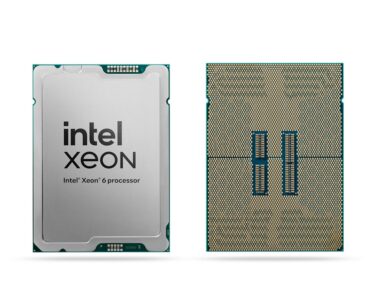I felt like I opened a can of worms when I asked Samsung about its stance on AI photo editing at Galaxy Unpacked back in January. “There is no such thing as a real picture,” Patrick Chomet, Samsung’s Head of Customer Experience, told me at the time – a nihilism-tinged soundbite that, in fairness, came as part of a nuanced and perfectly valid philosophical commentary on the nature of photography (in the same interview, Chomet rightly talked up the importance of validating authenticity).
Marques Brownlee recently included Chomet’s quote in an X post highlighting the differing opinions of Samsung, Apple, and Google on this very subject. Still, ultimately, all of the major phone manufacturers are offering similar editing features (Magic Eraser, Clean Up, AI Eraser, and so on).
Qualcomm, for its part, acknowledges that AI photo editing is an exciting new frontier but also one fraught with awkward ethical implications. During a roundtable interview at Snapdragon Summit, the company’s Mobile Handset SVP, Chris Patrick, explained why he believes that AI photo editing “is not as simple as a real image and fake image.”
LOL “What is a photo?”Samsung: “Actually, there is no such thing as a real picture”Google: “authentic to your memory and to the greater context, but maybe isn’t authentic to a particular millisecond”Apple: “a personal celebration of something that really, actually happened” https://t.co/mwy3Yb9KaYSeptember 23, 2024
“It’s an interesting question, because the human brain is not digital,” the former engineer explained. “When you perceive the sunset outside, you don’t perceive the sunset absent of context. You know where you are. You know what you’re smelling. You know what you’re hearing, You know what you’re feeling. You know what a sunset looks like, right? All of that is part of how you perceive the space.”
“So then, when we capture an image, should it just be the raw response from the sensor? Or is it right to include context in how that picture is created? I’m not an expert. I don’t have a PhD in this topic, but I do think it’s not as simple as a real image and fake image. I think context matters, and extracting the very best we can from the whole situation is an accurate reflection of what the eye and the brain do as well.”
When you perceive the sunset outside, you don’t perceive the sunset absent of context.
Chris Patrick
“[However],” Patrick continued, “if there’s a picture of Rui [Guo, Honor CMO, also in attendance at the roundtable] and I on the moon, it should be very clear that that is not, in fact, a picture of Rui and I on the moon. That’s not correct – that’s manipulated.
“So, for us, it’s very clear that there has to be some mechanism to distinguish the other extreme – those manipulated images – for people. We’re building incredible technology together but we want to make sure that, in the end, it does not have a destructive impact, where people can no longer tell the difference between truth and fiction.”
More AI is on the way
Honor CMO Rui Guo also attended the Snapdragon Summit roundtable, having just announced that the Honor Magic 7 Pro – slated for release in Europe next year – will launch with the industry’s first on-device generative AI portrait enhancement. So, is the company using AI to make portraits appear better than they actually are? Or is the aim to mimic real-life details that Honor’s hardware can’t capture on its own?
“On the one hand,” Guo explained, “we have to make sure that the photo itself is good by modern consumer standards. Everyone knows what [constitutes] a good and bad photo. But on the other hand, we definitely want to retain the authenticity of the photo. We’re not trying to Photoshop the photo for the consumer, right? We should give the authority to the users at end of the day.”
And that, I think, is the crux of the matter. Tools like Magic Eraser and Clean Up become ethically dubious when users – or, more worryingly, politicians – attempt to pass tampered images off as real, but as a means of occasionally removing strangers from family vacation photos, AI photo editing is, for many people, undeniably useful.
Neither Qualcomm nor Honor is forcing these tools onto their consumers – if you want to take a photo in the same way as you always have done, you still can. Rather, companies are giving users the freedom to choose how to capture moments that matter to them. Sure, it’s a can of worms, but as Qualcomm’s Chris Patrick noted, “it’s not as simple as real image and fake image.”






